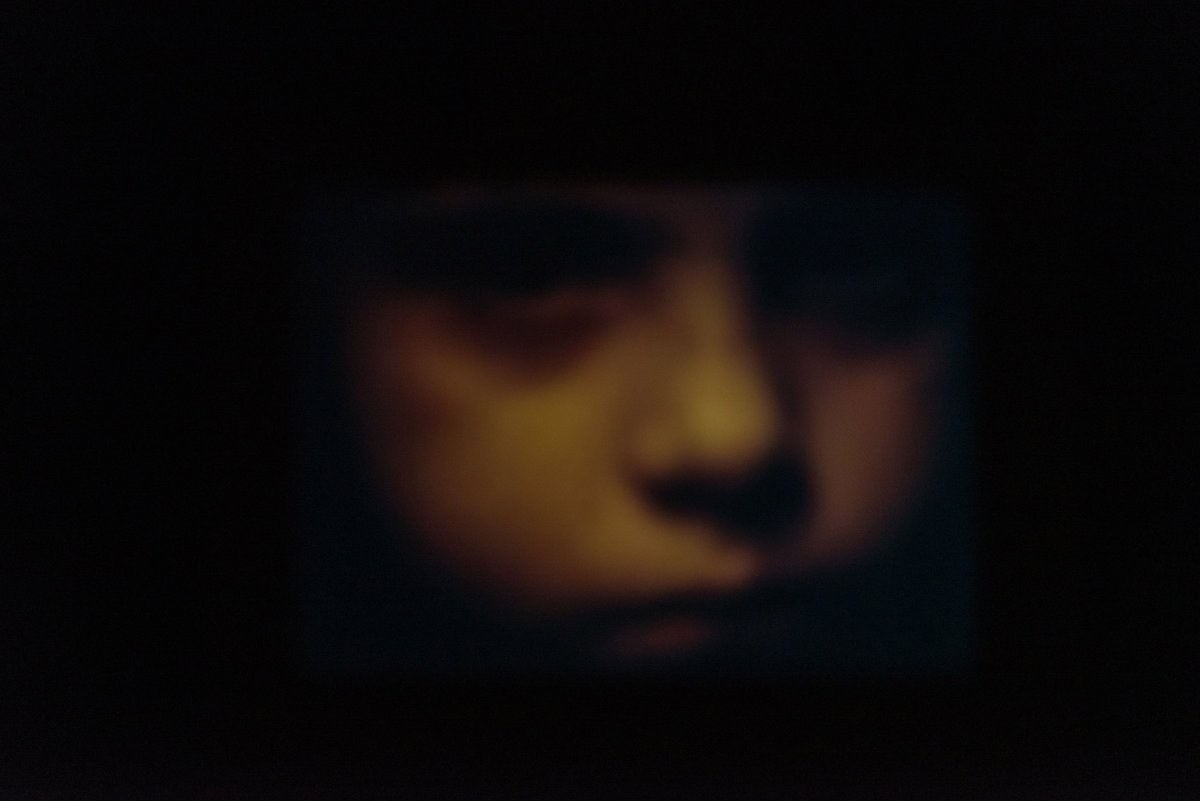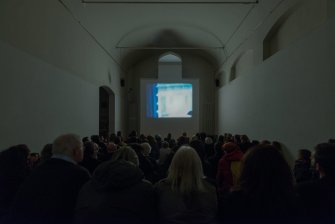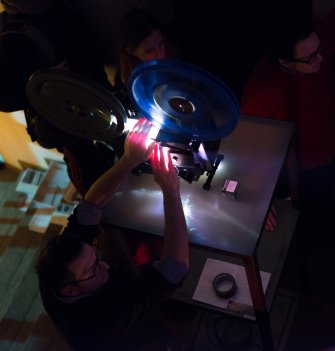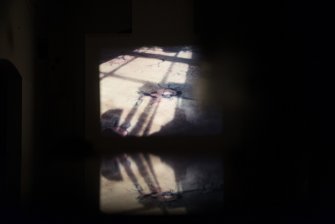La nott'e'l giorno
Gianni Castagnoli
La nott'e'l giorno di Gianni Castagnoli, capolavoro del cinema indipendente degli anni '70, è il frutto di un montaggio ritmico e ossessivo di riprese girate tra il 1973 e il 1976 in diversi ambienti, città, situazioni e condizioni di luce estremamente differenti: tra il giorno e la notte. Nel ritmo visionario e rapido delle immagini, che ricorda a tratti il cinema di Jonas Mekas e Stan Brakhage, contraddistinto da improvvisi rallentamenti, un'ossessione per il dettaglio ma anche l'insistenza del campo lungo, si condensano la vita e le esperienze intime del cineasta, della sua compagna, la poetessa Patrizia Vicinelli, protagonista del film insieme a lui e agli artisti e amici incontrati attraverso un lungo viaggio. Partiti dalla loro città, Bologna, attraversano i continenti, dall'Europa all'America, fino all'Africa. Lo spazio e il tempo si fondono in uno sguardo che sfugge i contorni, lambisce i bordi delle finestre e passa attraverso vetri deformanti in un gioco di cornici che si aprono e chiudono in continuazione. La musica composta per il film da Alvin Curran entra in simbiosi con questi ritmi, esalta l'intimità di un diario che diviene universale come trascrizione lirica di sensazioni, tensioni e caos. La nott'e'l giorno rimane sospeso tra la bellezza sorprendente del quotidiano, la potenza della luce e il richiamo della notte con le sue ombre, e dopo oltre quarant'anni si rivela un'imprescindibile testimonianza artistica, umana e storica di un'epoca di utopie e distruzioni.
La nott'e'l giorno
di Gianni Castagnoli
Super 8, sonoro, Italia 1976
musica Alvin Curran
proiezione dell’edizione di Home Movies in 16mm col, son. ottico da originale Super 8 e banda magnetica 1/4”
nota su restauro ed edizione: Dopo il ritrovamento delle due bobine del montaggio originale su invertibile colore, e del master audio su banda magnetica 1/4”, si è proceduto alla preparazione, la pulizia manuale e la scansione a 2K del film e alla lettura e sincronizzazione del nastro audio. La rimediazione in 16mm ci permette oggi di rivedere proiettato in pellicola un capolavoro dimenticato del cinema sperimentale.
***
La nott'e'l giorno (Night 'n' Day), a masterpiece of independent cinema of the '70s, is the result of a rhythmic and obsessive editing of shots in Super8 mm taken between 1973 and 1976 in various environments, cities and situations in very different light conditions: between day and night. The life and the intimate experiences of the filmmaker and of his partner, the poet Patrizia Vicinelli, who is the main subject of the film along with the artists and friends the filmmaker met during the course of a long journey, are condensed into the visionary rhythm of the images. The pace is extremely rapid, -at times it recalls the cinema of Jonas Mekas and Stan Brakhage- marked by sudden slowdowns and also by an obsession with detail and with the long shot. Departing from their hometown of Bologna, they cross continents, from Europe to America and then to Africa. Space and time merge in a gaze that escapes contours, touches the edges of windows and passes through deforming glass in a play of frames that open and close continuously. The music composed for the film by Alvin Curran enters into symbiosis with these rhythms and enhances the intimacy of a diary that becomes universal, as a lyrical transcription of sensations, tensions and chaos. The night remains suspended between the amazing beauty of everyday life, the power of light and the call of the night with its shadows, and after more than forty years it has shown itself to be an indispensable artistic, human and historical testimony of an era of utopias and destruction.
La nott'e'l giorno
by Gianni Castagnoli
Super 8, sound, Italy 1976
music Alvin Curran
screening of the Home Movies edition in 16mm col, son. original Super 8 optical and 1/4 "magnetic strip
note on restoration and edition: After finding the two reels of the original editing on the invertible color, and of the audio master on a 1/4 "magnetic strip, we proceeded to the preparation, manual cleaning and 2K scanning of the film and to the reading and synchronization of the audio tape. The 16mm remediation allows us to review a forgotten masterpiece of experimental cinema in film.




